Warsaw
Inquiries
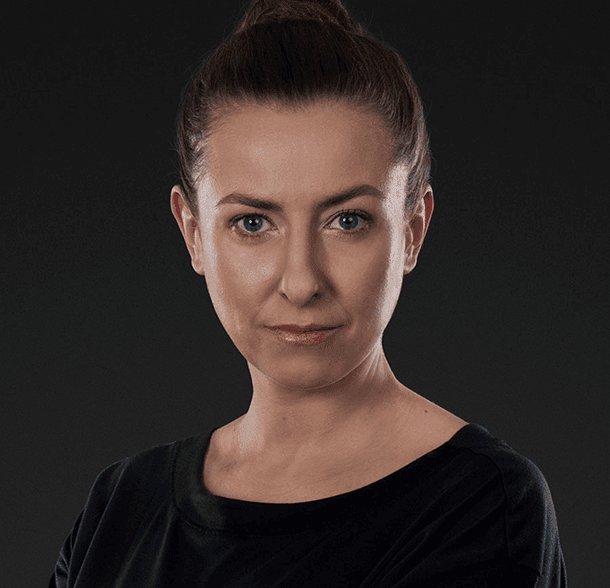
People & Culture

Ⓒ2025 Ars Thanea (SYZYGY Group). All Rights Reserved.
Get in touch
We can’t wait to kick off this icon-creating, potential-growing, opportunity-seizing, fun-having, obstacle-surmounting, other-half-completing partnership.
We would love to stay in touch.
We would love to stay in touch.
author :
Marta Król
tags :
[ Pharma ]
In pharma, data is sacred. Molecules, trials, and outcomes are the foundations on which the industry is built. But here’s a truth we’ve learned across dozens of projects: data alone rarely moves hearts or changes behavior.
We’ve heard every hesitation from pharma partners:
“Doctors just want facts.”
“Patients don’t care about stories.”
“Regulations kill creativity.”
And yet, time and again, we’ve seen what happens when science meets storytelling. It’s not just about adding pretty visuals. It’s about using craft, psychology, technology, and strategy to make complex science human, relatable, and unforgettable.
Whether it’s a superhero battling pimples for Soolantra, a robot exploring the human body for Janssen, or immersive adventures transforming the fear of MRI scans, known as Magnetic Stories, we’ve learned that good storytelling in pharma is a discipline all its own.
Let’s set the record straight and share what we’ve learned along the way.

Doctors want science. They’re trained to look for evidence, weigh data, and make precise decisions. But even the most brilliant data can become a blur if it’s delivered like every other chart or slide deck they see day after day.
Doctors are also human. They’re problem-solvers who crave clarity, context, and the tools to explain complex concepts to patients, colleagues, or stakeholders. They don’t just need facts; they need ways to visualize and communicate them effectively.
That’s why, for Janssen, we didn’t merely animate molecules floating in space. We created an entire cinematic world where the human body became a dense, mysterious jungle, full of hidden paths, barriers, and moments of discovery.
The robot navigating that world wasn’t just a cool visual. It symbolized precision in medicine, moving purposefully through biological complexity. Every shifting leaf, every glint of light, every particle in the air served to reinforce scientific concepts while building an emotional narrative that made the science feel tangible and urgent.
Designing metaphors like this takes more than creative flair. It demands deep scientific fluency and the ability to distill complicated mechanisms into visuals that are accurate, engaging, and memorable. It’s how we help healthcare professionals truly see the science, remember the message, and connect it to their daily practice. Because even the busiest doctor is more likely to recall a story than a spreadsheet.
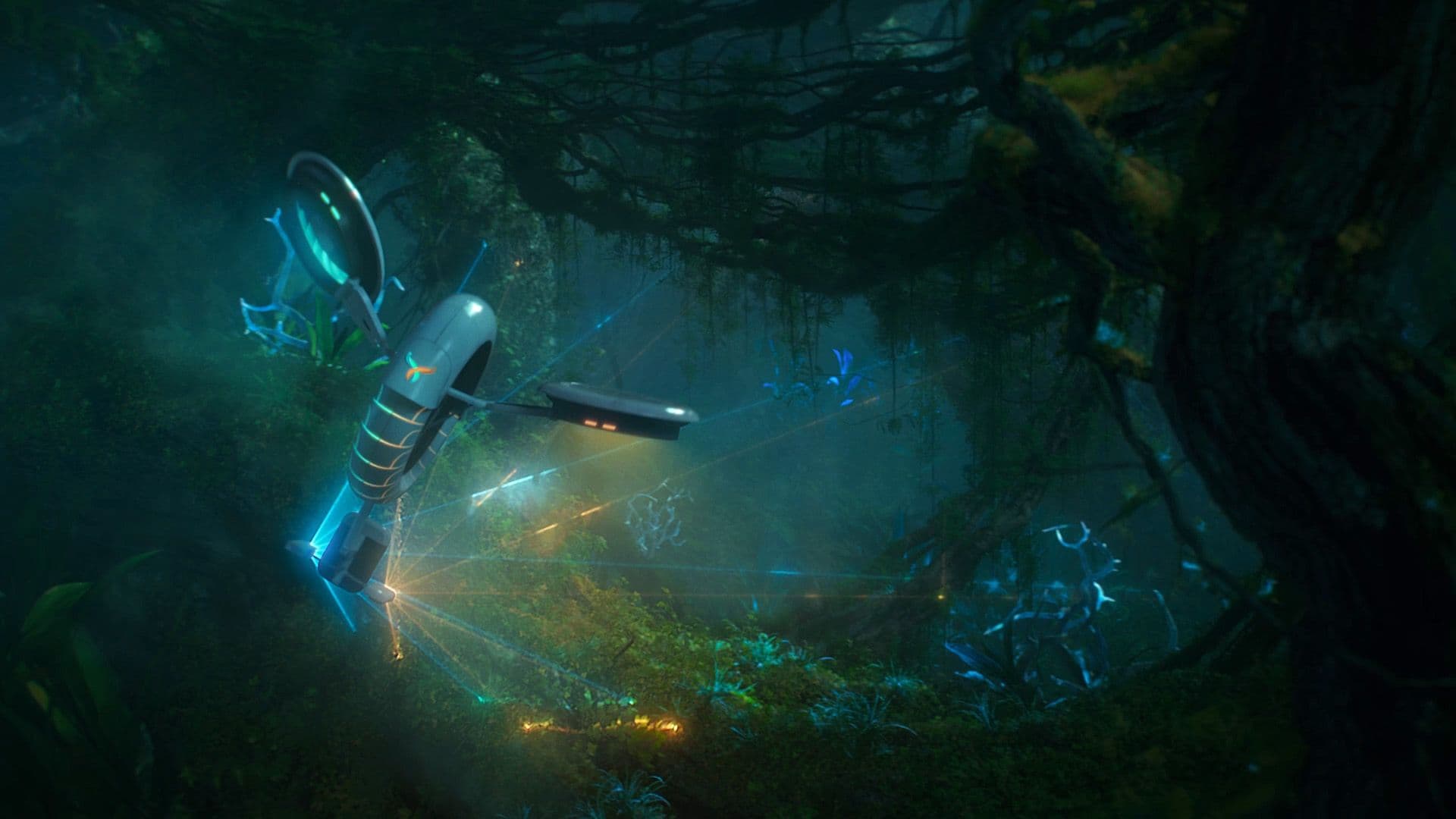
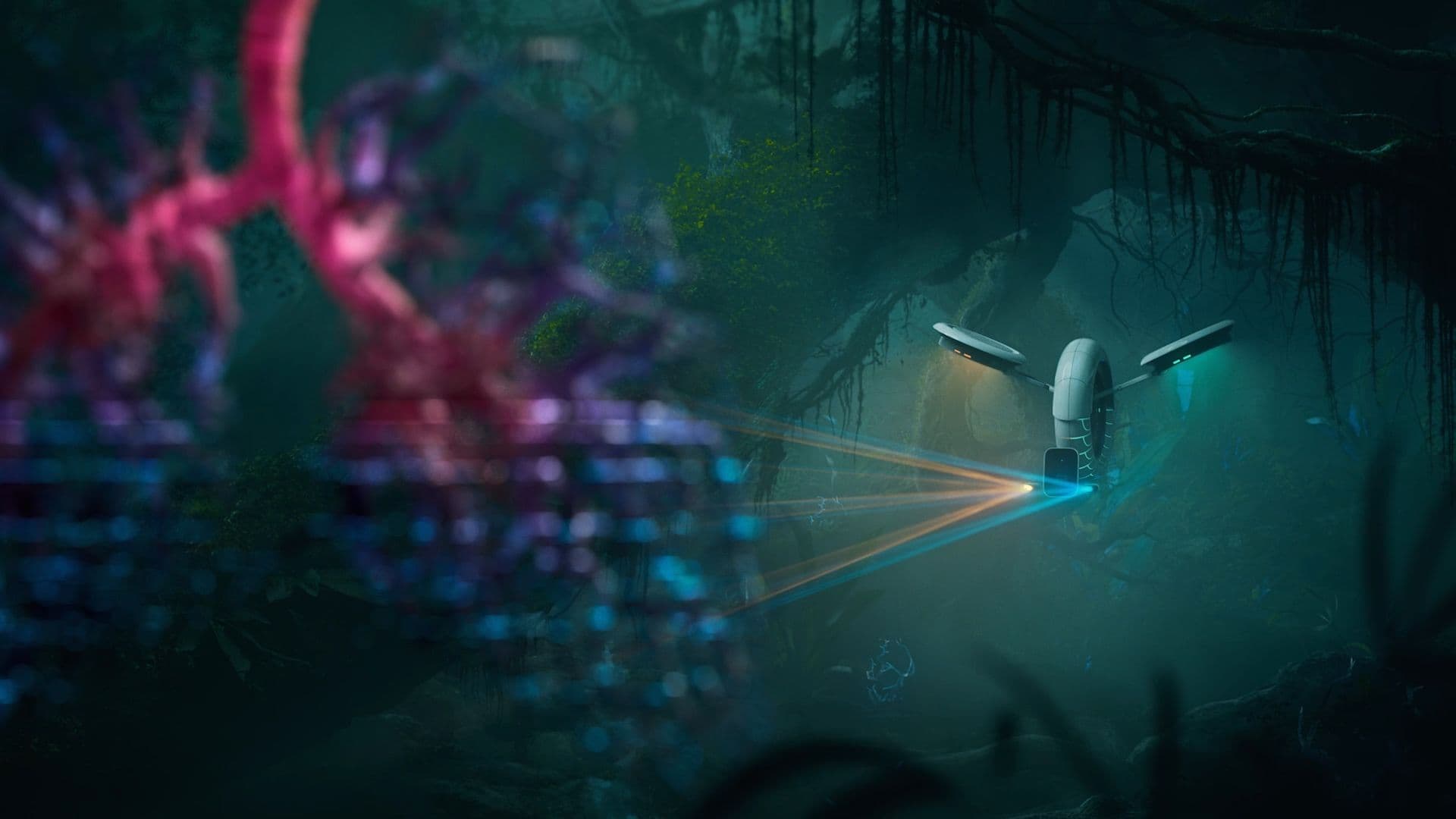
Of course, patients want solutions. But they also want to feel seen, safe, and less alone. They’re people first, not just medical cases.
When we created Magnetic Stories, we knew the real problem wasn’t just the MRI scan itself. It was the fear. The noise. The feeling of being trapped inside a machine. So instead of simply telling kids, “Don’t be afraid,” we designed stories that cleverly wove the real sounds of the MRI machine into calming and engaging narratives. Rather than loud noises becoming overwhelming, they became part of immersive experiences that turned fear into curiosity and tension into focus.
This kind of approach matters because fear isn’t rational, and neither is comfort. It’s about understanding how small sensory triggers can change how someone perceives a medical experience. A patient’s willingness to cooperate, stay still, or return for future procedures often depends on how emotionally safe they feel in the moment.
That’s why we spend so much time crafting stories that don’t merely explain procedures but transform how patients experience them. This kind of thinking comes from combining creativity with a deep understanding of human behavior and the emotional journeys patients go through.
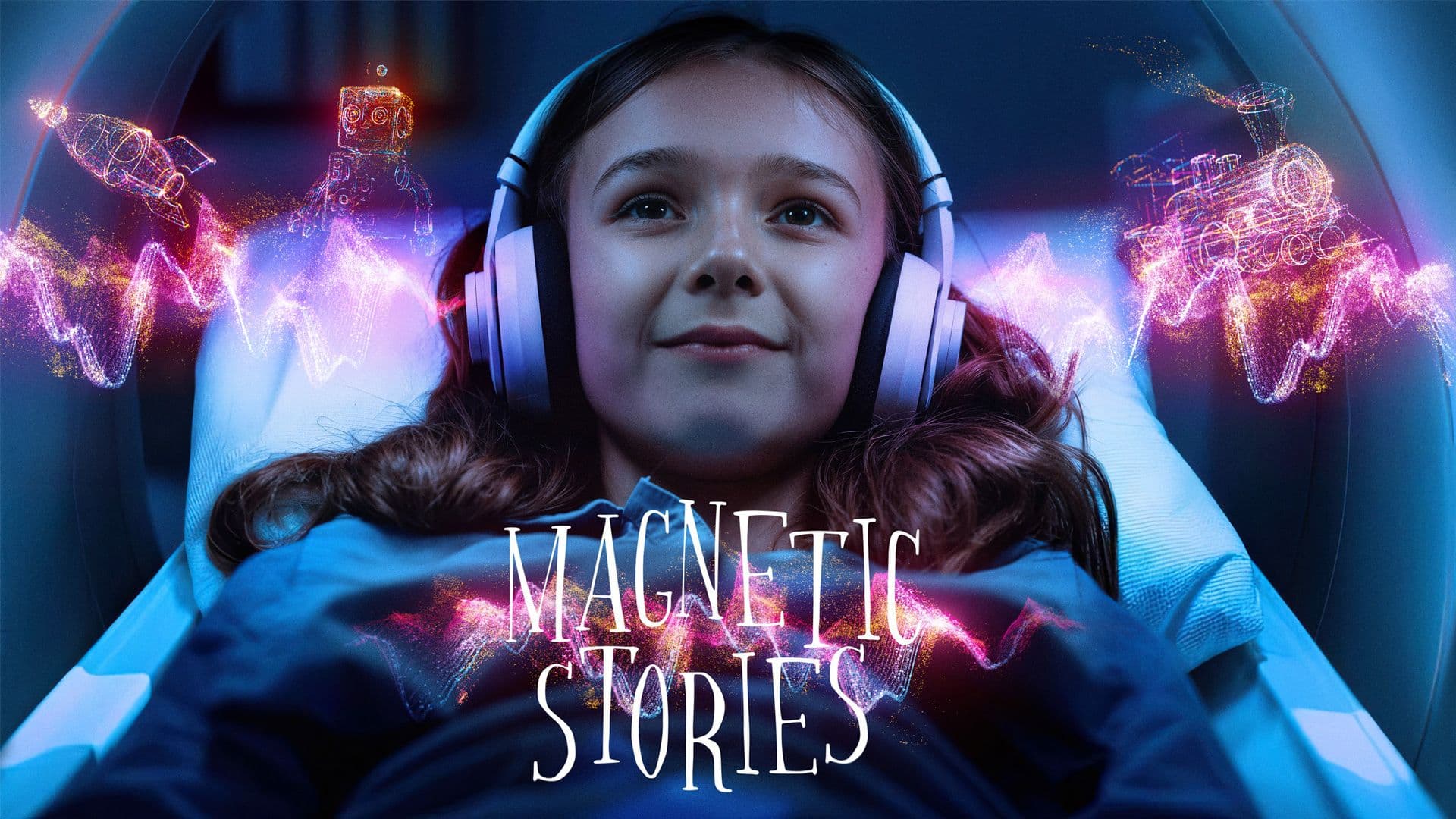
There’s a persistent idea that serious medical topics must be communicated with somber visuals and hushed tones. But sometimes, playfulness is exactly what makes information resonate.
Soolantra is a perfect example. Rosacea isn’t an easy topic. It’s often tied to embarrassment and stigma. But instead of hiding behind sterile visuals, we created a superhero narrative where pimples became mischievous villains and the cream was a hero swooping in to save the day. Our studio buzzed with wild debates about whether pimples should have arms, what their evil lairs might look like, and how to give each character a distinct personality.
Sounds bonkers? Maybe. But it worked. The campaign won over 50 awards globally because it took a hidden, sensitive issue and turned it into something patients could talk about, laugh about, and finally feel empowered to treat.
Finding the right tone and personality matters because pharma brands aren’t just selling products but building relationships. Each disease area has its own emotional landscape, and each audience has different levels of comfort, humor, or sensitivity. Striking that balance between science and personality is how brands earn trust and stick in people’s minds. It’s a craft we’ve perfected over time, project after project, knowing that a story’s tone is often the difference between being noticed and being ignored.
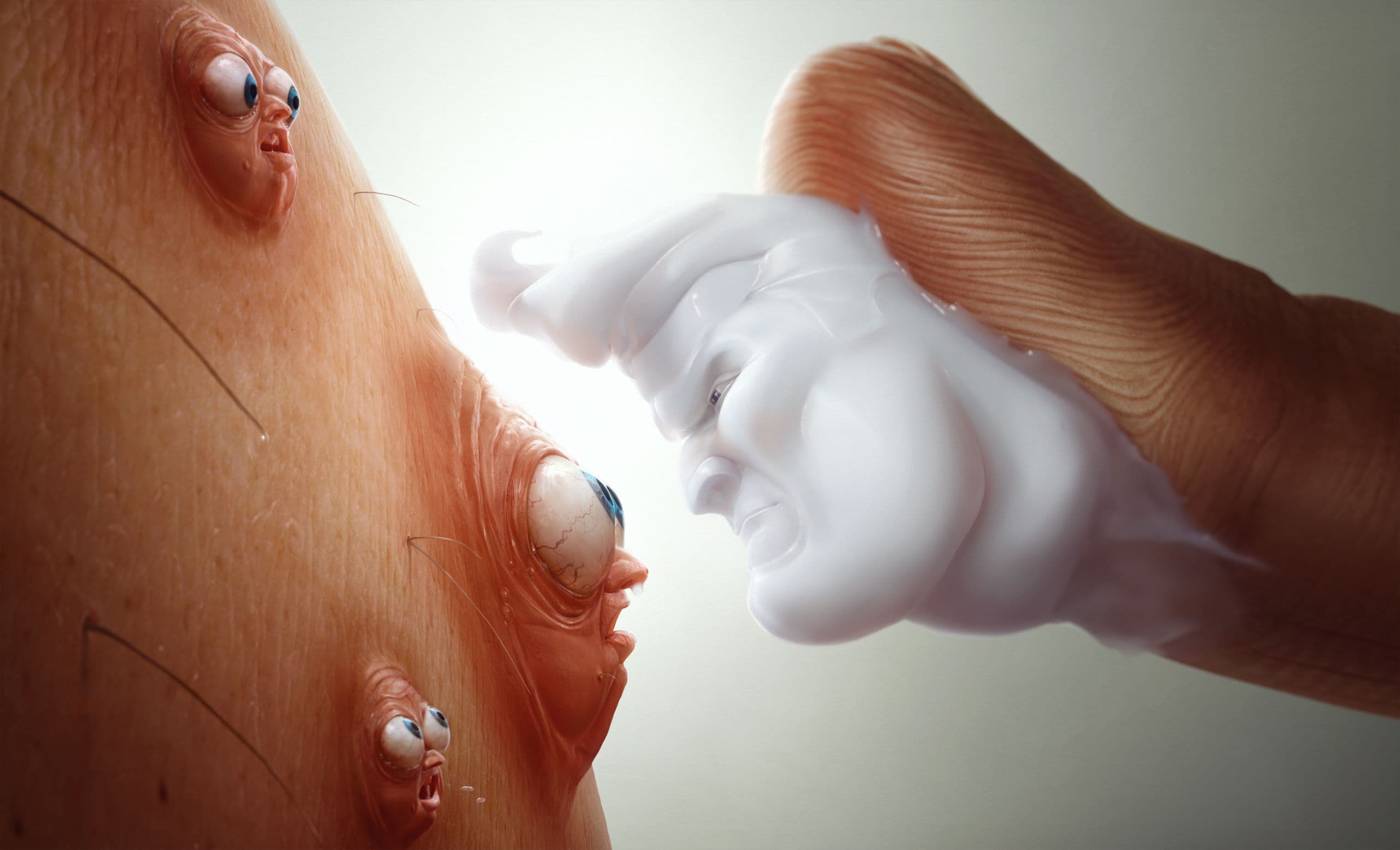
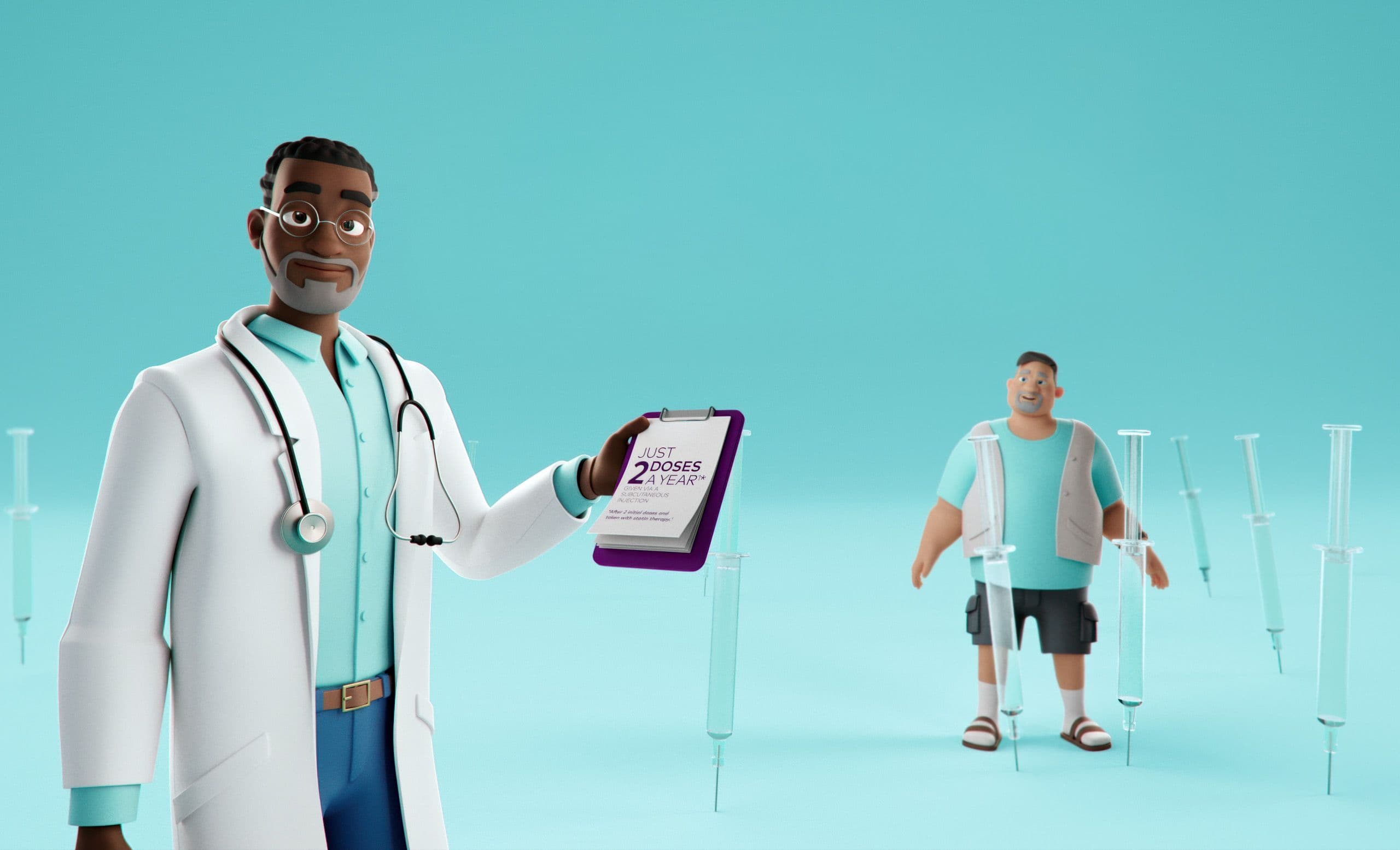
Yes, pharma is one of the most regulated industries in the world. And for good reason — people’s health and safety are at stake. But regulations don’t kill creativity. They shape it.
In Magnetic Stories, every sound and narrative beat had to be safe for hospital environments and compliant with strict protocols. For Soolantra, our cheeky pimples still had to stay within the boundaries of approved claims and fair balance. Even in Janssen’s jungle, we had to ensure every metaphor respected biological truths and didn’t imply unproven medical benefits.
One of the ways we handle this is through how we share and discuss our work as it takes shape. We don’t wait until the end to show ideas. Instead, we keep our pharma partners close, sharing drafts, talking through concerns, and making sure everyone’s comfortable as the story grows.
Over time, we’ve learned how to spot the kinds of questions legal or medical teams might raise and how to shape our ideas so they stay true to the science without losing their creative spark. It’s about working together, step by step, to make sure a great idea stays great and stays compliant.
Some of our best ideas have emerged precisely because constraints forced us to think smarter. Stories in pharma don’t ignore the rules. They work within them to connect science to real lives, without compromising truth or safety.
Emotion is everywhere in healthcare, whether brands choose to address it or not. Patients face fear, hope, uncertainty, and relief. Doctors make decisions that change lives. Families wait for news with their hearts pounding.
Ignoring emotion makes pharma communication feel cold and distant. Embracing it makes brands human. And that’s why, over the years, we’ve mastered a very particular craft: using multisensory storytelling to make science not just clear, but also deeply felt.
Our work isn’t just about pretty pictures. It’s about designing experiences — visuals, soundscapes, animation, and interactivity — that help people feel understood. In Magnetic Stories, we used the real rhythms of MRI machines as raw material to craft immersive narratives that helped children face scans with less fear. In Soolantra, humor and vibrant characters reduced stigma and brought relief. In Janssen, cinematic visuals and atmospheric details created a world that felt alive and full of purpose.
Emotion doesn’t mean ignoring the science. It means making the science matter. Because ultimately, the information people remember is the one that made them feel something.
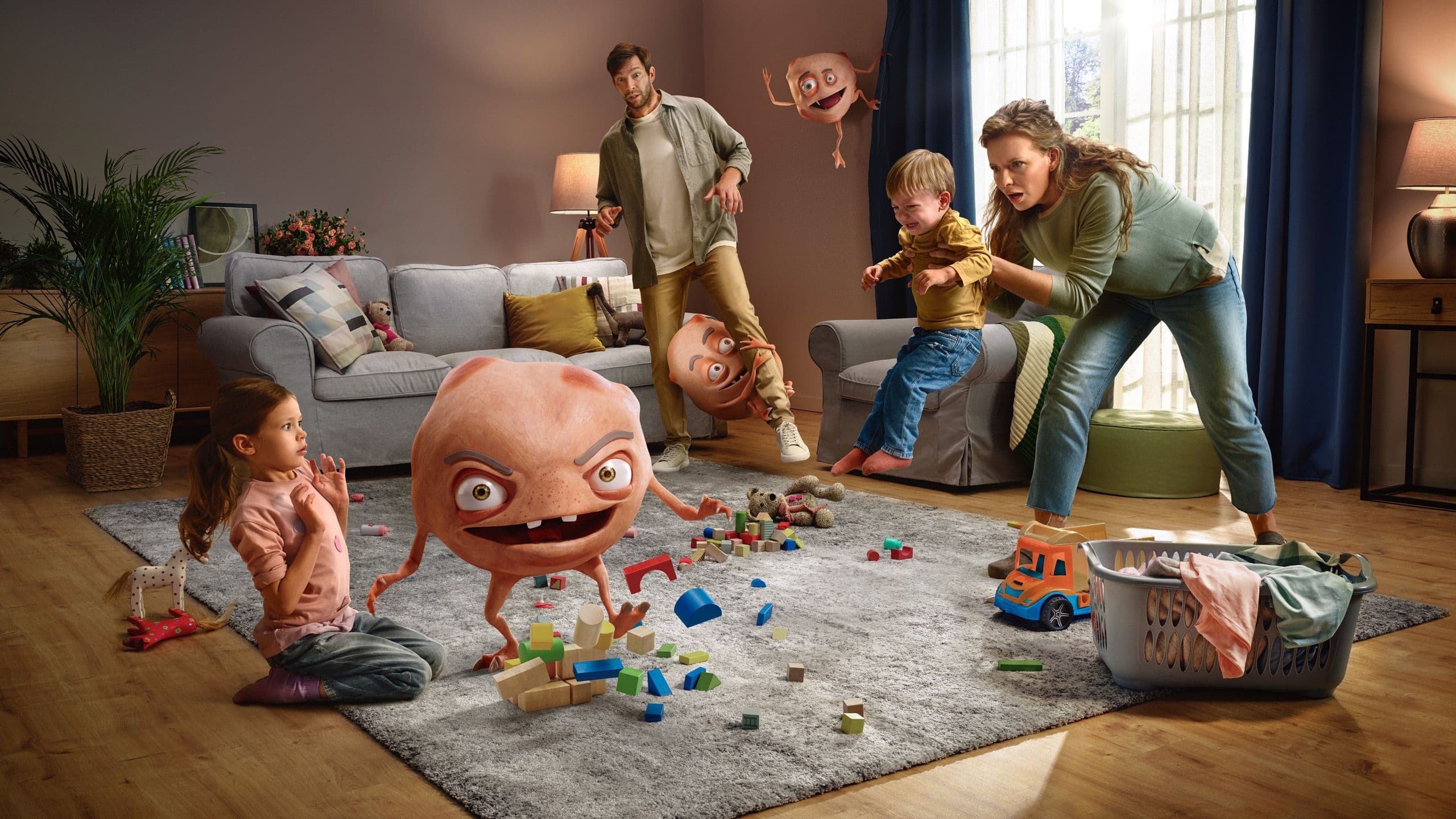
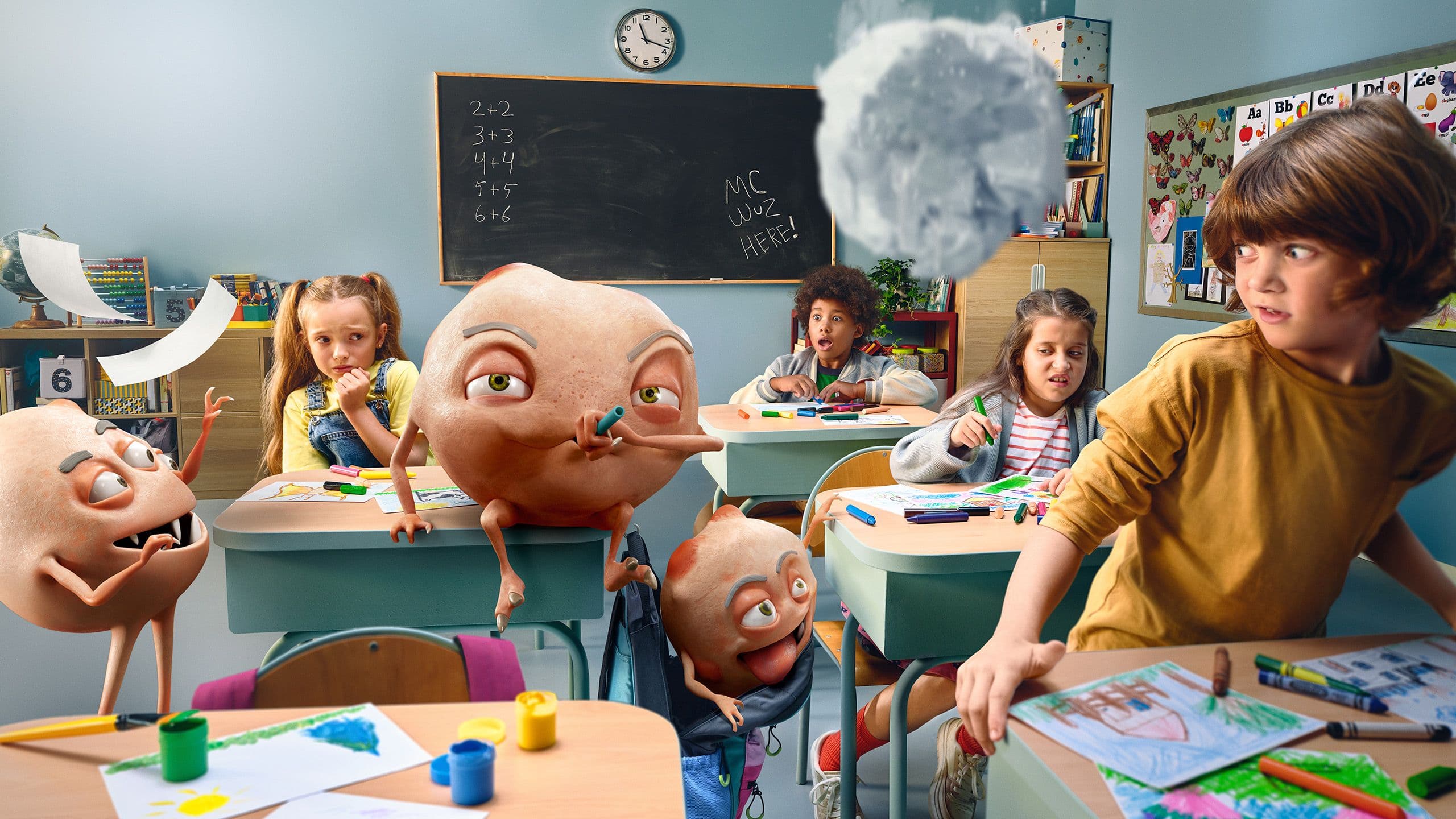
Marta Król
-
Head of Production
At Ars Thanea, we believe science deserves to be felt, not just understood. It deserves to step out of dusty textbooks and into jungles of light and shadow, into the triumph of superheroes, and into calm moments hidden in the rhythmic pulse of MRI machines.
Turning data into emotion isn’t about simplifying science or making it cute. It’s about revealing the human side of medicine — the part that patients, doctors, and families connect with most. It’s about crafting stories that stick in people’s minds and shape how they think, feel, and act.
Because in pharma, the most powerful message isn’t always in the numbers. It’s in the story people carry with them — the one that makes the science matter, and the human experience feel a little less overwhelming.
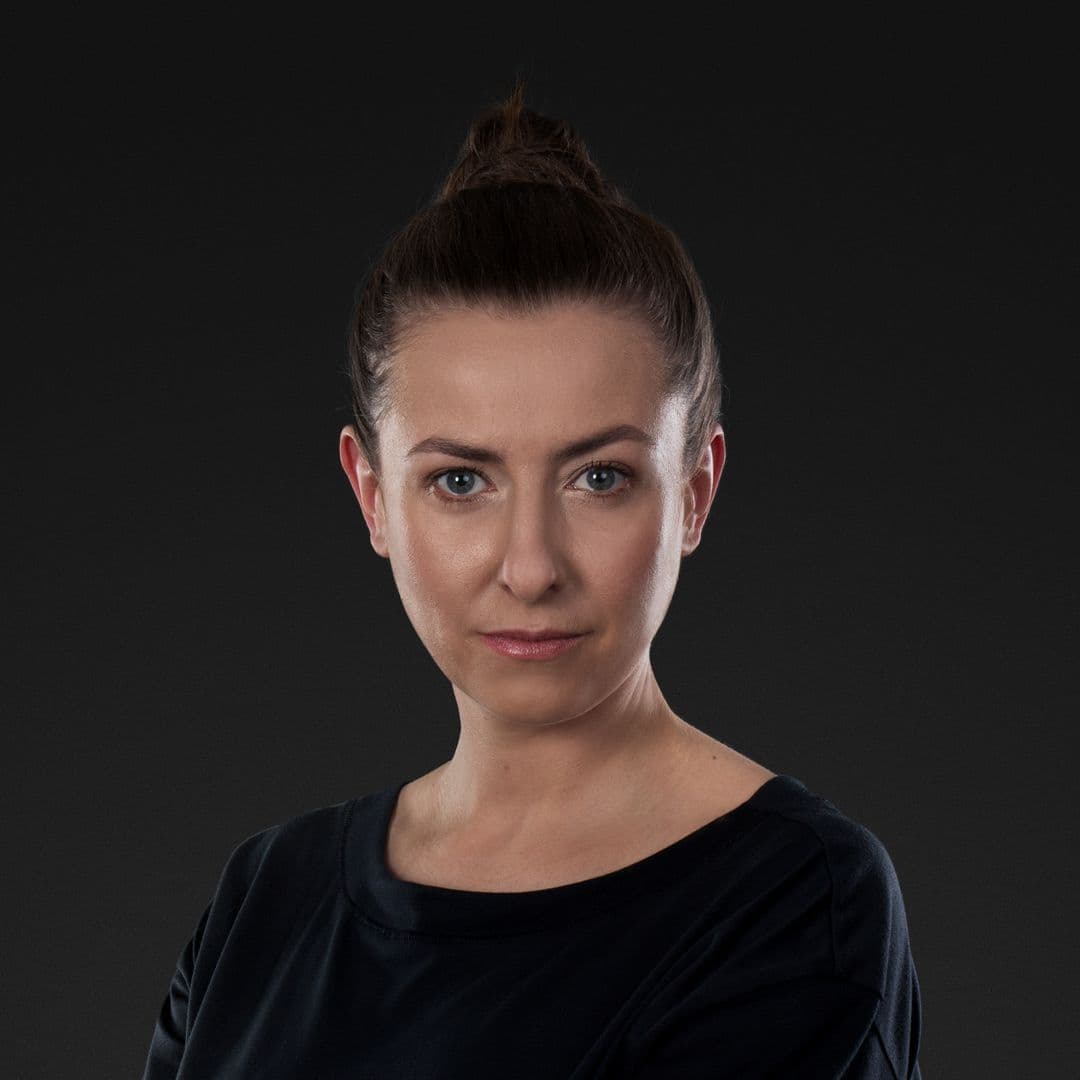
Author
With over two decades of production experience, Marta now leads operations at the studio. She brings global projects to life with flawless coordination and care.
Connect:
LinkedIn